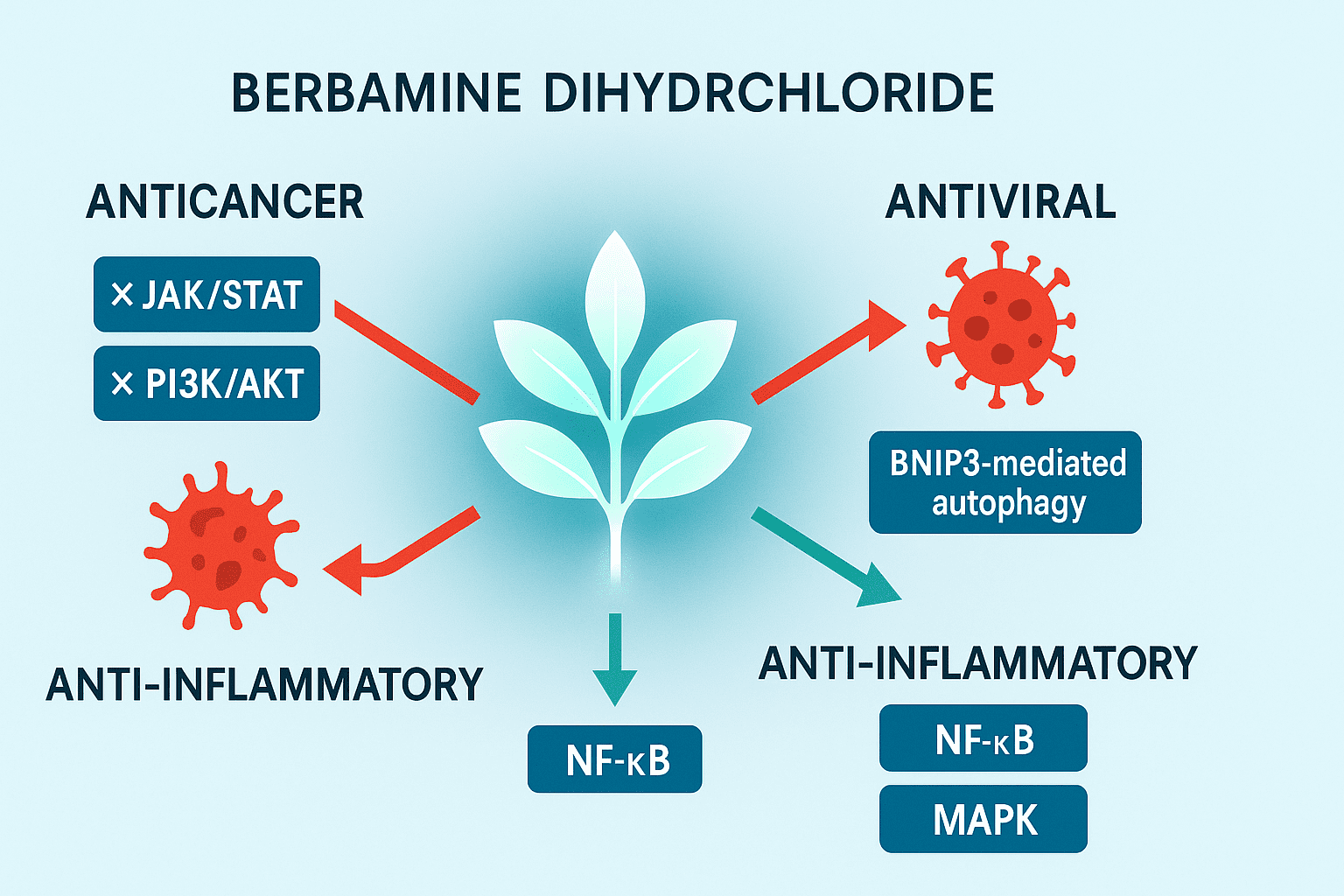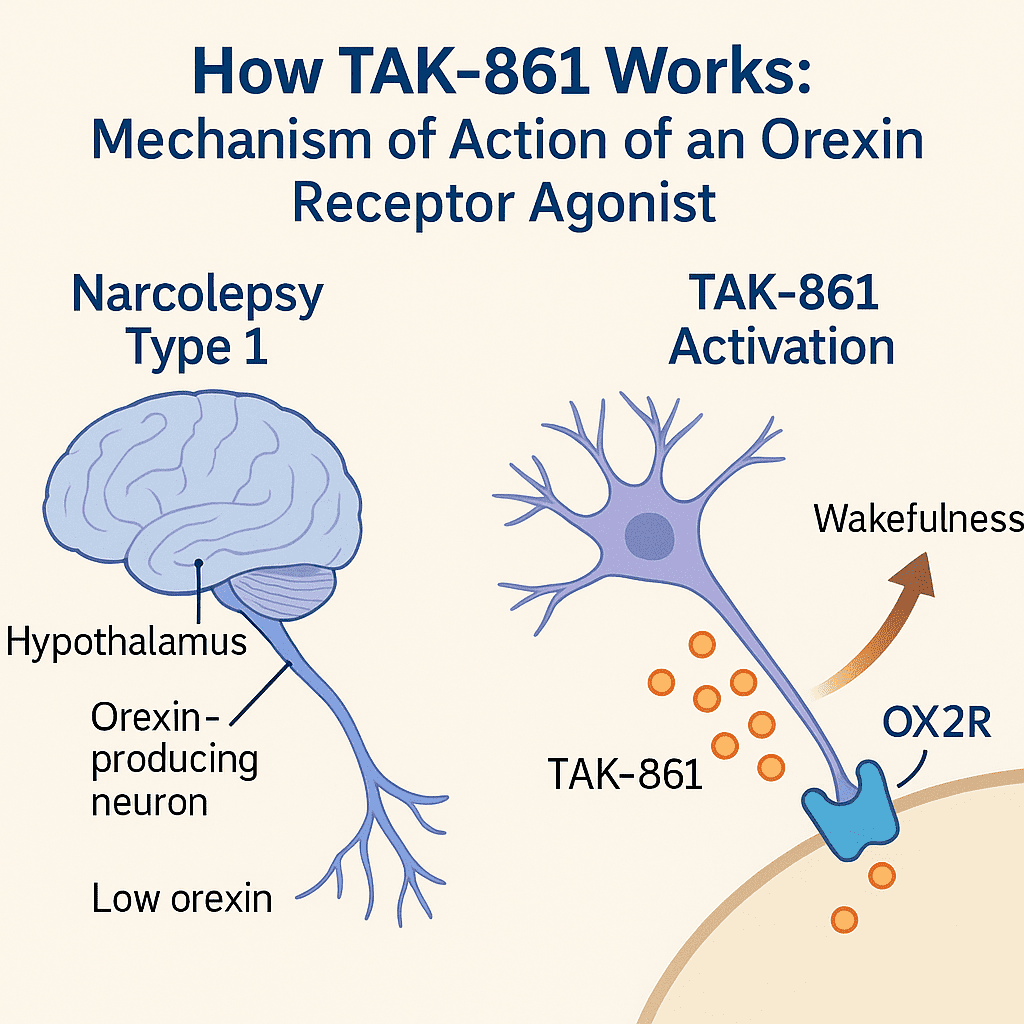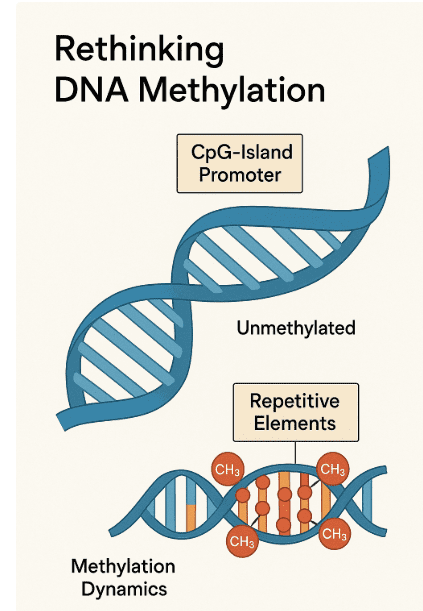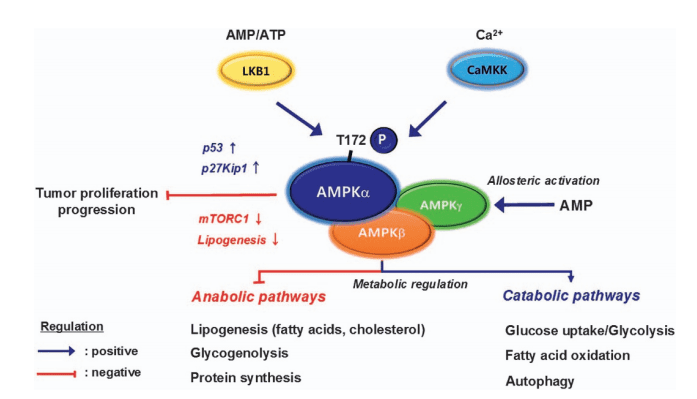MTX-531: A Novel Dual EGFR/PI3K Inhibitor Overcoming Drug Resistance and Metabolic Side Effects in Cancer Therapy
Abstract
MTX-531 is a novel dual inhibitor targeting the EGFR and PI3K pathways, frequently activated in various cancers, driving proliferation, survival, and drug resistance. Developed by researchers at the University of Michigan, MTX-531 exhibits significant antitumor efficacy in preclinical models, particularly head and neck squamous cell carcinoma (HNSCC) and colorectal cancer (CRC) harboring KRAS-G12C and PIK3CA mutations. Unlike conventional PI3K inhibitors, MTX-531 avoids common metabolic side effects, such as hyperglycemia and hyperinsulinemia, while effectively suppressing EGFR, PI3K, and mTOR signaling. Combined use with KRAS-G12C inhibitors further enhances therapeutic outcomes, addressing drug resistance effectively. Overall, MTX-531 represents a promising therapeutic strategy, potentially improving cancer treatment outcomes with reduced toxicity and broader efficacy compared to existing therapies.
Introduction
Epidermal growth factor receptor (EGFR) and phosphatidylinositol 3-hydroxykinase (PI3K) are often abnormally activated in various cancer types, and this activation can promote cell proliferation, survival, invasion and migration. In addition, the interaction and co-activation of the EGFR and PI3K pathways often lead to tumor resistance to single targeted therapies. Therefore, co-targeting EGFR and PI3K may improve the efficacy of treatment, overcome drug resistance, and provide a more effective cancer treatment strategy.
Based on this, a research team from the University of Michigan in Ann Arbor, Michigan, USA, developed a dual inhibitor of EGFR/PI3K, MTX-531 (click to jump to details~). MTX-531 has significant efficacy in tumor models and does not cause hyperglycemia and hyperinsulinemia, which are common with PI3K inhibitors.
MTX-531 Design
Based on the structural characteristics of the known EGFR inhibitor NVP-AEE788 and PI3K inhibitor Omipalisib binding to EGFR and PI3Kγ, the team designed MTX-531, a dual inhibitor with potent and selective effects on both EGFR and PI3K.

Structural features of NVP-AEE788 binding to EGFR (left) and omipalisib binding to PI3Kγ (right)
MTX-531 is highly selective for HER (human EGFR) and PI3K family members, and exhibits low nanomolar potency against EGFR and PI3Kα with IC50 of 14.7 nM and 6.4 nM, respectively. Comparative molecules omipalisib and NVP-AEE788 are approximately 30- to 50-fold more potent than MTX-531 against PI3K and EGFR.
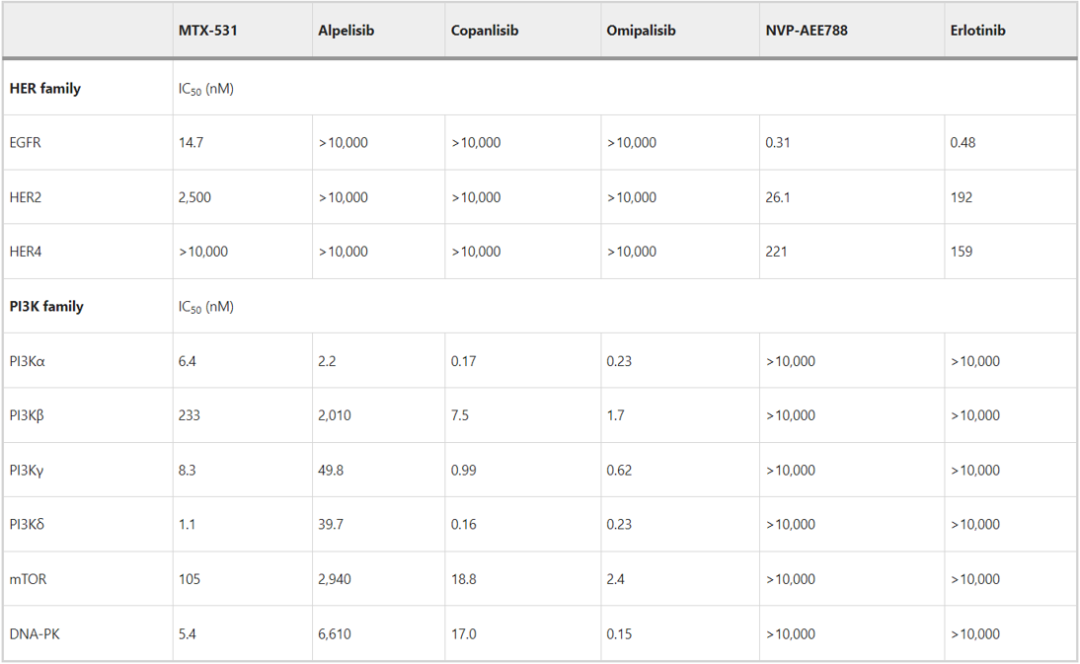
Comparison of MTX-531 with various PI3K/EGFR inhibitors
Evaluation of MTX-531 efficacy
MTX-531 has demonstrated significant antitumor activity in multiple head and neck squamous cell carcinoma (HNSCC) models.
In the pharmacodynamic evaluation of CAL-33 tumors, MTX-531 showed time-dependent inhibition of EGFR and PI3K–mTOR signaling pathways after a single oral administration. At a dose of 100 mg/kg, pEGFR and pAkt levels were reduced by more than 50% within 24 hours. Even when the dose was reduced to 25 mg/kg, it showed strong pharmacodynamic activity, but its inhibitory effect did not persist after 24 hours. Consistent with its pharmacodynamic activity, MTX-531 was effective in CAL-33 and CAL-27 xenograft models, achieving tumor remission rates ranging from 33% to 100%.
At the same time, MTX-531 also induced significant tumor regression in HNSCC PDX models with multiple PIK3CA mutations, achieving an average remission rate of more than 66% and a significant increase in survival.
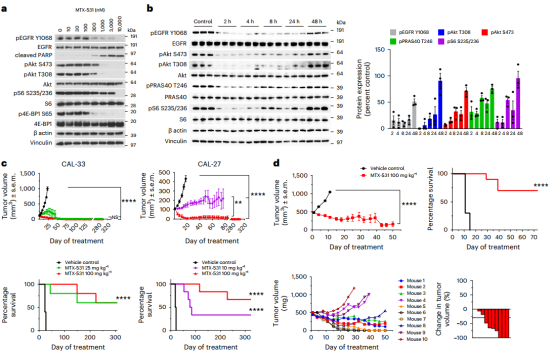
MTX-531 targets cellular EGFR and PI3K signaling pathways in the CAL-33 and CAL-27 models of HNSCC
MTX-531 also showed good therapeutic promise when used in combination with KRAS-G12C inhibitors. When used in combination with the KRAS-G12C inhibitor sotorasib, MTX-531 was able to effectively inhibit tumor growth and induce partial or even complete tumor regression in a variety of KRAS-G12C mutant colorectal cancer (CRC) and pancreatic tumors, improving the treatment of KRAS-G12C mutant cancers and having the potential to overcome drug resistance.
Overcoming the defects of traditional PI3K inhibitors
Hyperglycemia is a common targeted side effect of PI3K inhibitors because PI3Kα plays a key role in insulin signaling, and the feedback mechanism of hyperglycemia and insulin limits the efficacy of the drug.
For example, although the approved PI3K inhibitor Alpelisib has a stronger inhibitory effect on PI3K in cell culture, it causes a significant increase in blood glucose and insulin levels. In contrast, MTX-531 treatment does not induce a hyperglycemia response or increase in insulin levels. In mouse models, MTX-531 is more effective than Alpelisib. At the same time, it maintains a strong inhibitory effect on the EGFR, PI3K and mTOR signaling pathways, showing a significant tumor suppression effect and prolonged survival.
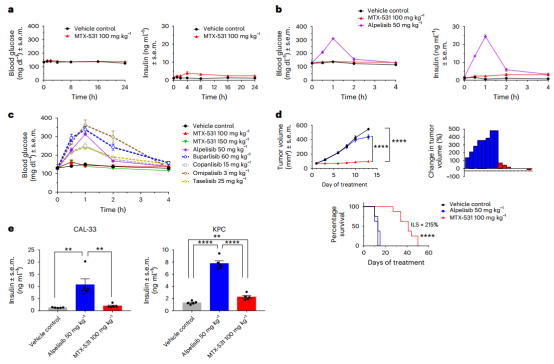
MTX-531 does not cause hyperglycemia at therapeutic dose levels
Summary
MTX-531 is an innovative drug designed to simultaneously inhibit the EGFR and PI3K–mTOR pathways. The molecule has demonstrated significant anti-tumor activity in preclinical studies, especially in colorectal cancer (CRC) models with KRAS G12C and PIK3CA double mutations and head and neck squamous cell carcinoma (HNSCC) models, where MTX-531 was able to induce tumor regression and prolong survival.
The dual inhibition of MTX-531 can overcome multiple resistance mechanisms associated with KRAS-G12C and PIK3CA mutations. By targeting the EGFR and PI3K–mTOR pathways, MTX-531 is expected to be used as a single agent or in combination to treat multiple cancer types, reducing the toxicity burden caused by the combination of drugs. Overall, MTX-531 represents a novel therapeutic approach that simultaneously inhibits multiple key cancer pathways with a single molecule, demonstrating its potential in addressing multiple resistance mechanisms.
References
Whitehead CE, Ziemke EK, Frankowski-McGregor CL, Mumby RA, Chung J, Li J, Osher N, Coker O, Baladandayuthapani V, Kopetz S, Sebolt-Leopold JS. A first-in-class selective inhibitor of EGFR and PI3K offers a single-molecule approach to targeting adaptive resistance. Nat Cancer. 2024 Aug;5(8):1250-1266. doi: 10.1038/s43018-024-00781-6. Epub 2024 Jul 11. PMID: 38992135; PMCID: PMC11357990.
https://www.nature.com/articles/s43018-024-00781-6

